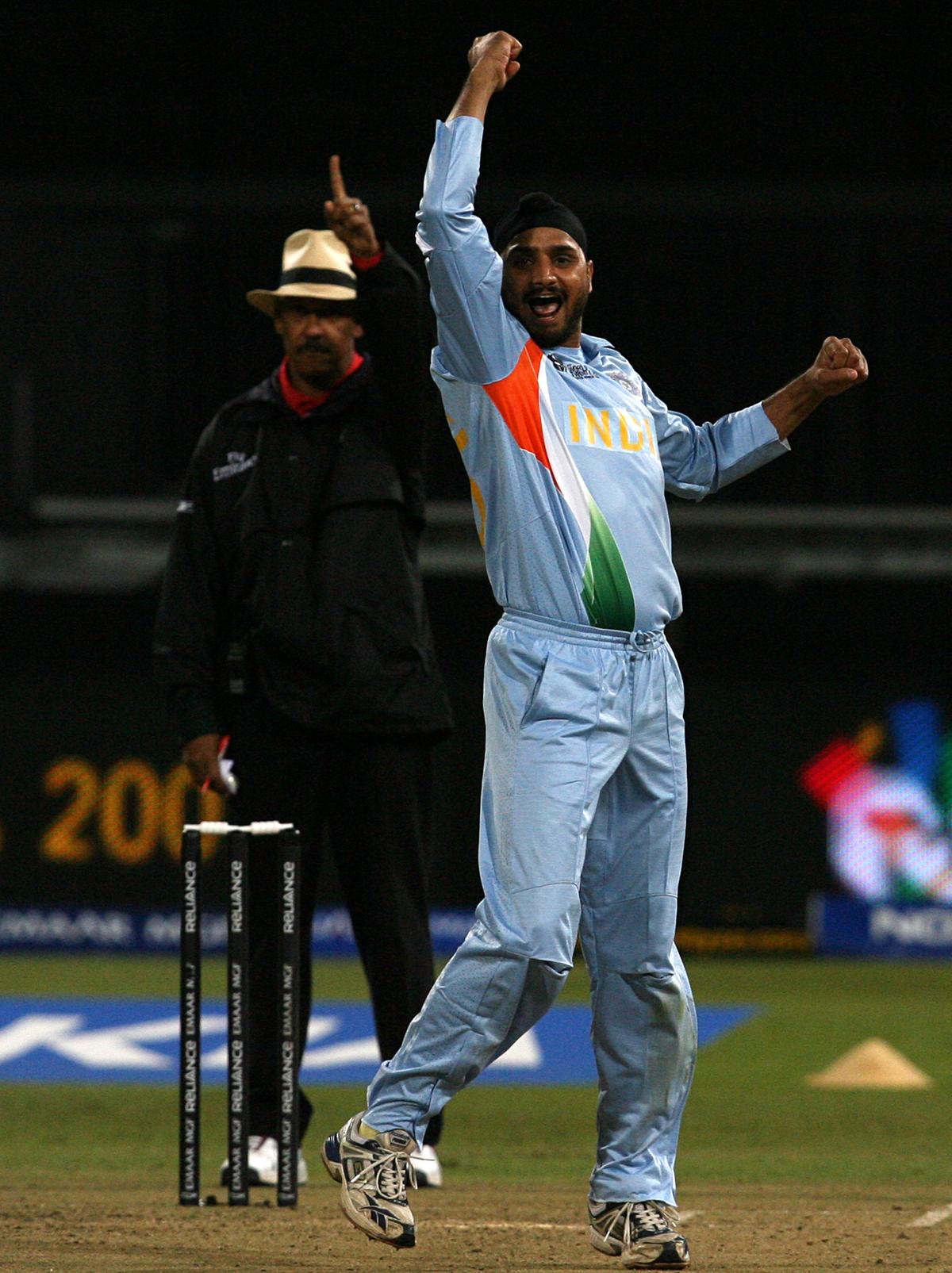As I stood at third man, the tension was palpable. Jogi (Joginder Sharma) was about to deliver the ball, and Pakistan needed a mere six runs to secure victory. The atmosphere was electric after Misbal-ul-Haq smashed him for a straight six off the third ball. The outcome was uncertain, and the stakes were high. Anything could have happened.
When Misbah scooped the ball and Sreesanth positioned himself under it, the tension was unbearable. The team, the nation â we were all holding our breaths. And then, Sreesanthâs hands closed around the ball, and the stadium erupted in joy. We had won the Cup, a victory that was all the more sweet because no one had seen it coming.
ALSO READ | âT20 World Cup win paved way for smooth transition in white-ball cricketâ â Irfan Pathan
This title was not just a victory; it was a much-needed boost for Indian cricket after the great 1983 World Cup triumph. We had grown up watching the heroes of 1983 and listening to their stories. We had not just followed in their footsteps but had joined them, carrying their legacy forward. The faces had changed, but not the jerseys. It was a victory for India â a victory that was a testament to our rich cricketing heritage. We were a perfect blend of youth and experience. MS (Dhoni), Yuvi (Yuvraj Singh), Viru (Sehwag), and Ajit (Agarkar) played exceptional international cricket and guided the young ones in the squad. This balance was our strength, and we built on it effectively.

Indiaâs Harbhajan Singh celebrates against Pakistan in a bowl-out.
| Photo Credit:
AFP
Indiaâs Harbhajan Singh celebrates against Pakistan in a bowl-out.
| Photo Credit:
AFP
After that bowl-out win against Pakistan in the first match, we were confident we would pull it off. As a spinner, I was used to bowling at a single stump, and regular practice at the nets under coach Venkatesh Prasadâs supervision ensured we had already prepared for the bowl-out rule to decide a tied match. Robin Uthappa was not a bowler, but his ratio of hitting the stumps was the best among those picked. Prasad chose individuals who could bowl from four steps and were spinners. It was very clever thinking.
ALSO READ | India at T20 World Cup: Cautious optimism or naked aggression?
We had little experience with this T20 format. But we had tremendous self-belief. We learned from every match and the most from the loss against New Zealand. We understood not to take any liberty with the opposition. Among the most memorable moments was Yuviâs magnificent assault, which left Stuart Broad demoralised. Sitting in the dugout with pads on, I marvelled at his capacity to improvise his strokeplay. Broad was helpless against a batter who seemed possessed. After the fourth six, I knew Yuvi would not let go of this opportunity. He loves to belt the ball, and he was in a devastating form to exploit the pressure the bowler found himself under. That victory in Johannesburg changed the face of the game in India. The reception in Mumbai was mind-blowing, and the following year, the Board of Control for Cricket in India introduced the Indian Premier League (IPL). The victory was a turning point for the cricketers, propelling the game to new heights. We all have fond memories of that evening in South Africa.
As told to Vijay Lokapally
More stories from this issue
Source Agencies



